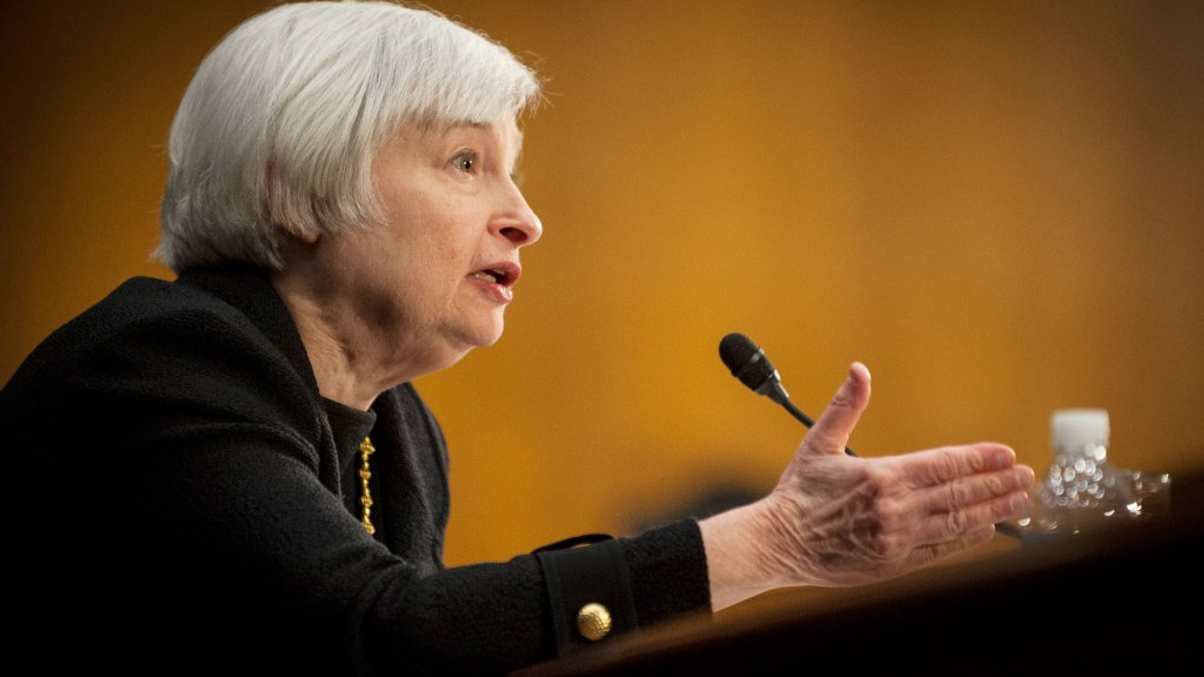Buy-side execs question wisdom of targeting higher inflation
The argument for raising inflation targets is that it would give central bankers more room to use interest rate policy, but some investment industry executives have their doubts about the concept.

While global economists and academics at Jackson Hole, the annual US monetary policy conference, looked for clues on the likelihood of a US interest rate hike in late 2016, Federal Reserve chairwoman Janet Yellen focused instead on discussing the limitations of monetary policy.
Sign in to read on!
Registered users get 2 free articles in 30 days.
Subscribers have full unlimited access to AsianInvestor
Not signed up? New users get 2 free articles per month, plus a 7-day unlimited free trial.
¬ Haymarket Media Limited. All rights reserved.


